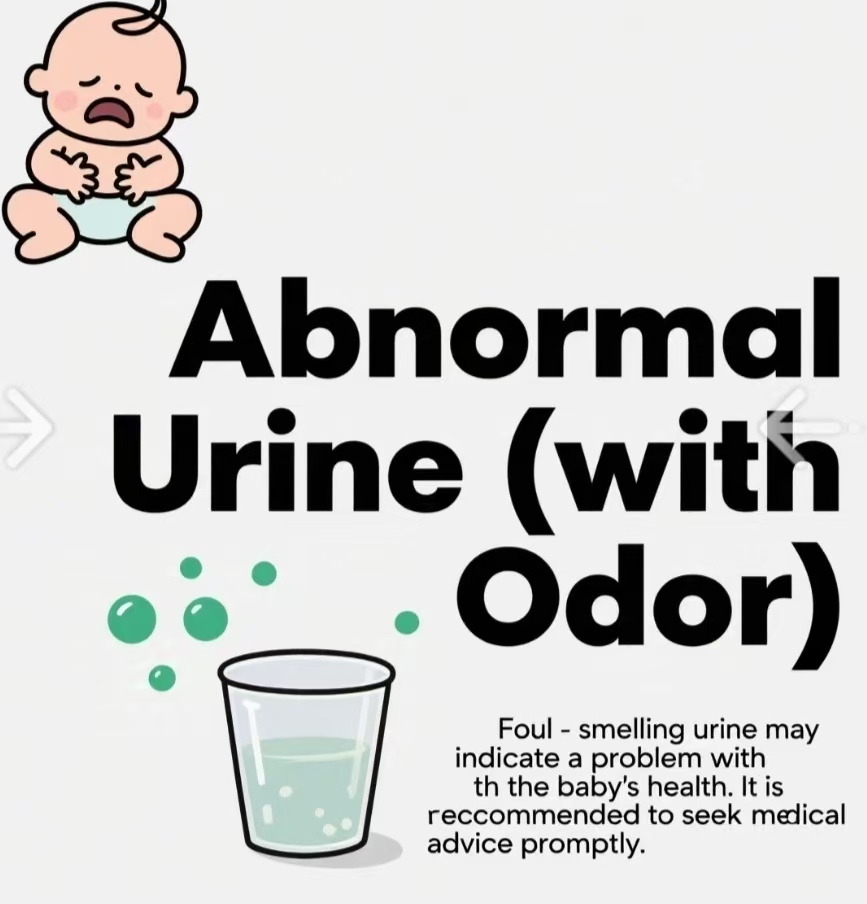Breastfeeding Guidelines to Avoid Overfeeding (3): Establishing Healthy Feeding Patterns
Do not strictly limit time or frequency: Newborns have small stomachs and digest quickly, often requiring frequent feedings (8-12 or more in 24 hours). Feeding on demand is the gold standard. As your baby grows and becomes more efficient at feeding, the intervals will naturally lengthen.
Avoid the "on-time feeding" stereotype: Every baby is unique and has different needs at different paces. Forcing your baby to eat on a fixed schedule may result in your baby not being hungry enough when he needs to eat, or not being hungry enough when he needs to eat.
Let your baby finish one side before switching sides: Make sure your baby gets the fat-rich hindmilk, which provides a sense of fullness and satisfaction. Start the next feeding on the side where you last finished.
Soothing needs ≠ hunger needs: Your baby may be crying because of a wet diaper, sleepy, too hot/cold, flatulence, needing to be soothed etc. Don't stuff the nipple at the first cry, try other soothing methods first (patting, cuddling, diaper changes, walking, etc.). Learn to differentiate between different cries.
Avoid over-reliance on the breast pump to judge output: babies suck much more efficiently than breast pumps. The amount sucked out of a breast pump does not mean that the baby is actually getting enough to eat, let alone that mom is not making enough milk. Baby's bowel movements and growth curve are the gold standard for determining adequate intake.
Reliable indicators of adequate intake:
Urination and defecation (the most direct indicator):
Urine: Small amount of urine in the first few days after birth (may have pink crystals), followed by at least 6 times of bright or yellowish urine (wetting 6 or more heavy diapers) within 24 hours.




Stools: Newborns pass meconium stools (dark green, sticky) within 24-48 hours of birth, followed by transitional stools (yellowish-green). Exclusively breastfed babies' stools are usually golden-yellow, pasty, or with milk flaps/pellets, and may be more frequent (multiple times a day) or less frequent (once every few days but soft in nature).
Weight gain: It is hard to follow a steady growth curve. There may be physiologic weight loss after birth (no more than 7-10% of birth weight), usually returning to birth weight 10-14 days after birth. After that, the average growth is about 110-200 grams per week (faster in the first 3 months). Regular pediatric checkups will be assessed by your doctor.
Mental status: The baby is in good spirits and responsive when awake.
Skin elasticity: The skin is full and elastic.
Breastfeeding is a journey of love and learning. By letting go of anxiety, observing carefully and being attentive to your baby's needs, you will be able to find the feeding rhythm that best suits you and your baby and enjoy this precious intimate time. Trust your instincts and your baby's, and you will work together better and better!
www.jxphome.com
Jiangxi Partner Home Co., Ltd.

